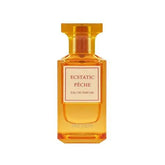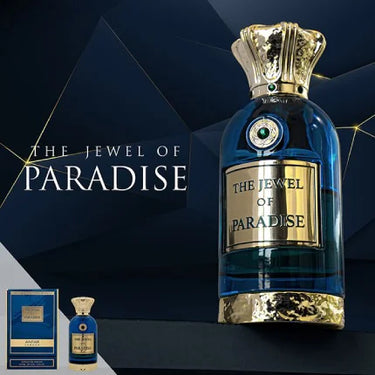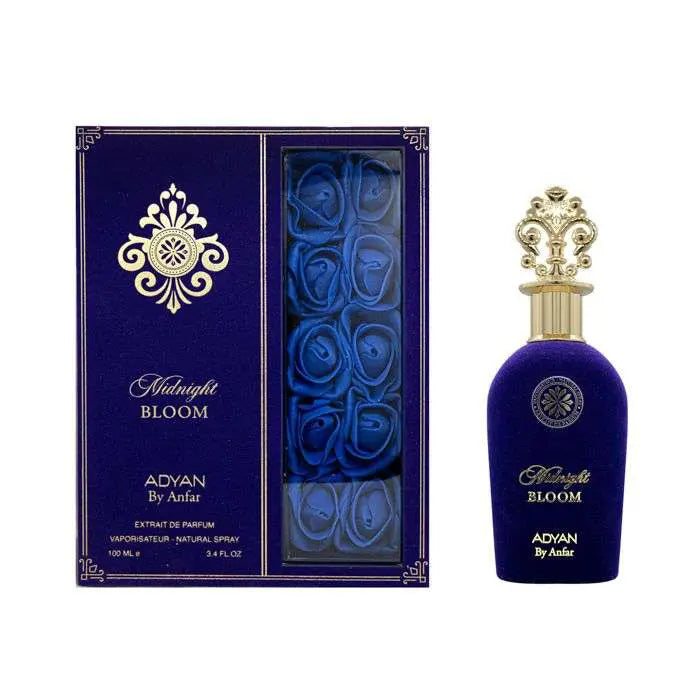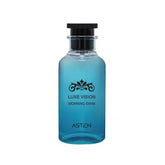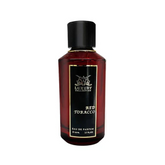A BRIEF HISTORY OF OUD (AND WHAT YOU NEED TO KNOW ABOUT THE SCENT)
Oud, also known as agarwood, is a highly prized aromatic resin produced by the Aquilaria tree when it becomes infected with a specific type of mold. This infection triggers a reaction in the tree, causing it to produce a dark, fragrant resin within its core. This resin is then distilled or extracted to produce oud oil, which is renowned for its rich, complex, and woody fragrance.
History of Oud
-
Ancient Roots: The use of oud dates back thousands of years, originating in the Middle East and Southeast Asia. It has been a part of religious ceremonies, traditional medicine, and perfumery since ancient times.
-
Cultural Significance: Oud holds significant cultural and spiritual importance in various cultures, including Arabian, Indian, and Southeast Asian traditions. It is often associated with luxury, spirituality, and prestige.
-
Trade and Commerce: Historically, oud was traded along the ancient Silk Road and other trade routes, making it a valuable commodity. Its rarity and exquisite scent contributed to its high value in both Eastern and Western markets.
-
Perfumery: Oud has been a key ingredient in perfumery for centuries. Its deep, complex aroma adds depth and longevity to fragrances, often serving as a base note in many iconic perfumes.
-
Modern Usage: In contemporary perfumery, oud has gained immense popularity for its unique scent profile. It is often blended with other ingredients to create luxurious and exotic fragrances.
What You Need to Know About Oud
-
Scent Profile: Oud is characterized by its intense, woody, and slightly animalic aroma. It has warm, resinous, and balsamic notes with hints of sweetness and spice.
-
Variety: Oud comes in various grades and qualities, depending on factors such as the region of origin, the age of the resin, and the extraction method. This results in a wide range of oud oils with different nuances and strengths.
-
Usage: Oud is primarily used in perfumery as a base note to add depth and complexity to fragrances. It is also found in incense, traditional medicines, and ceremonial practices.
-
Sustainability: Due to overharvesting and illegal logging, wild agarwood trees have become endangered in some regions. Sustainable cultivation methods and synthetic alternatives are being explored to protect natural resources.
-
Popularity: Oud has experienced a resurgence in popularity in recent years, becoming a sought-after ingredient in luxury perfumery and personal care products worldwide.
In summary, oud is more than just a fragrance; it embodies a rich history, cultural significance, and unparalleled aromatic experience that continues to captivate and inspire perfume enthusiasts around the globe.


